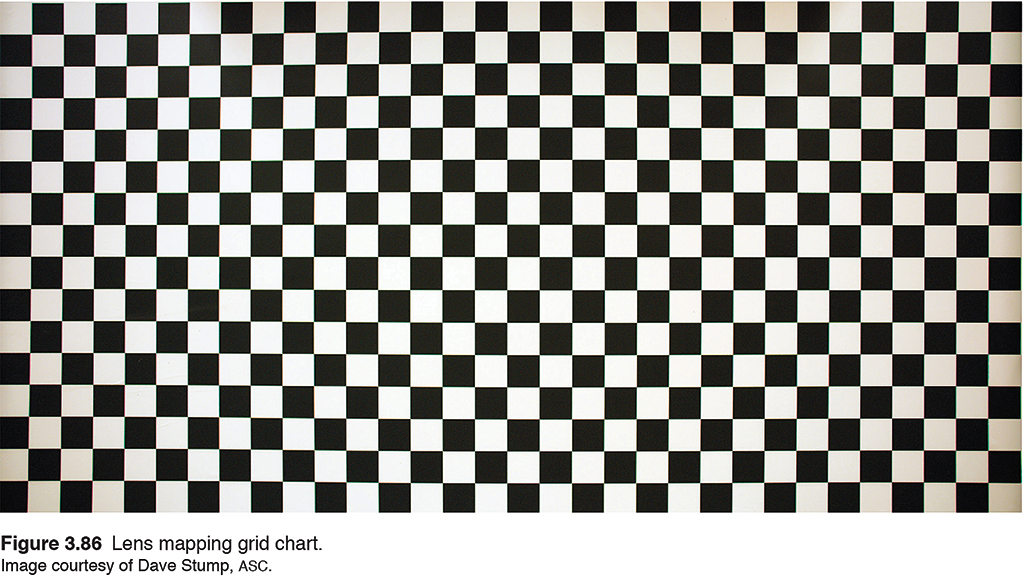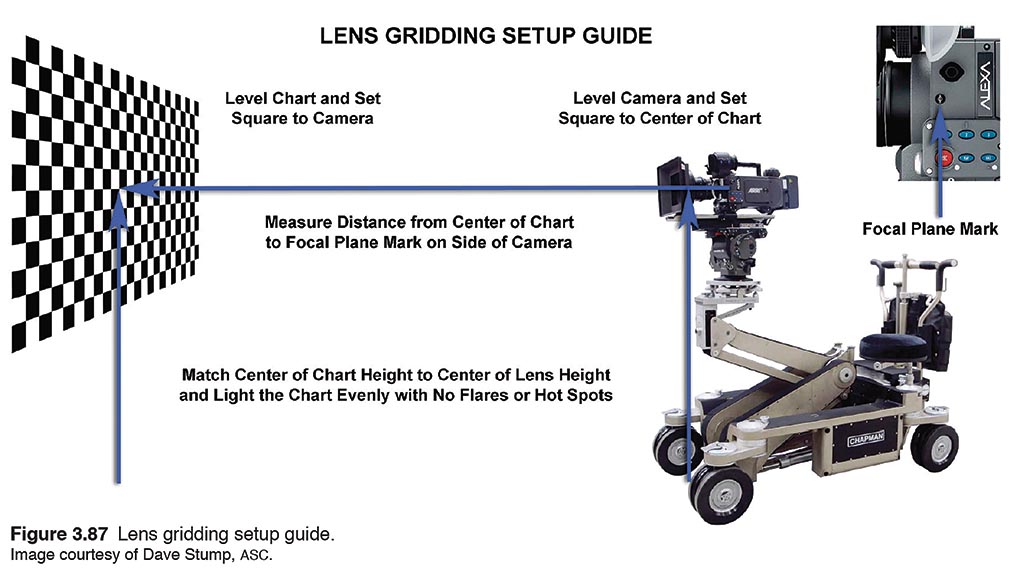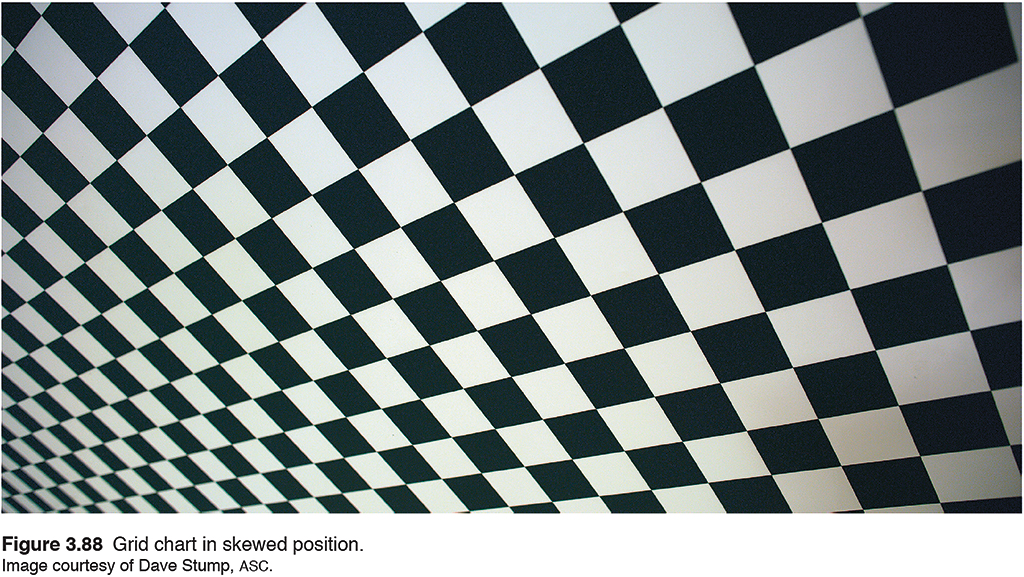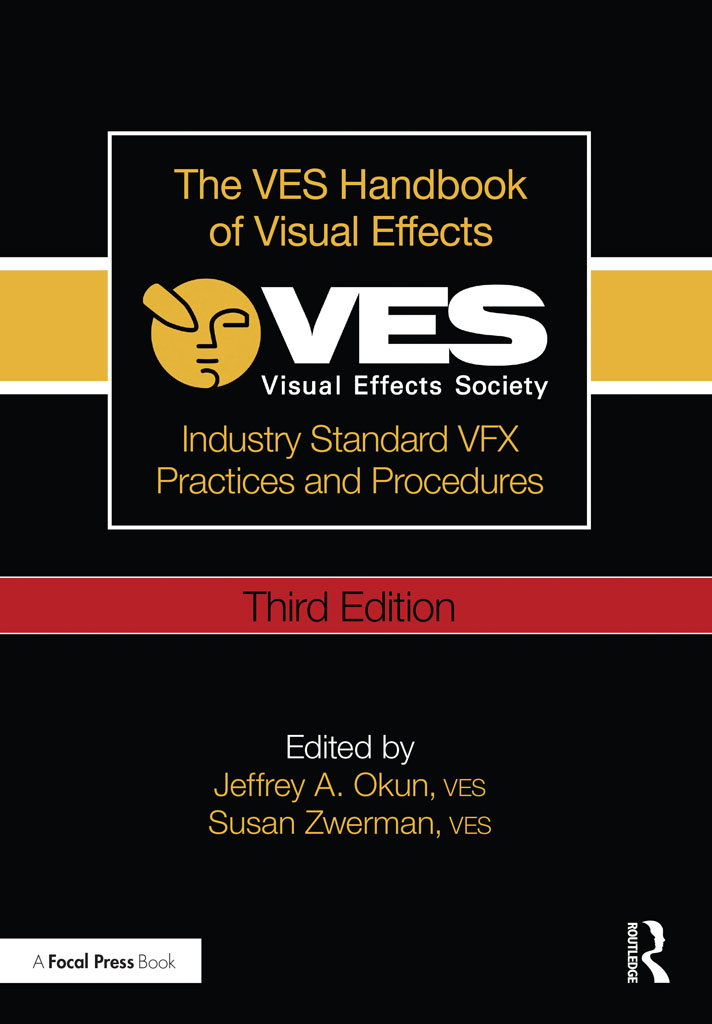Abstracted from The VES Handbook of Visual Effects – 3rd Edition, edited by Jeffrey A Okun, VES and Susan Zwerman, VES.
Written by DAVE STUMP, ASC. Edited for this publication by Jeffrey A. Okun, VES
Abstracted from The VES Handbook of Visual Effects – 3rd Edition, edited by Jeffrey A Okun, VES and Susan Zwerman, VES.
Written by DAVE STUMP, ASC. Edited for this publication by Jeffrey A. Okun, VES
Lens mapping to quantify each lens is crucial to the success of doing VFX work. Precise measurement of lens characteristics can make the difference between expensive visual effects work and economical visual effects work, usually accomplished by meticulously shooting grid charts through a wide variety of focus and zoom positions in order to reverse engineer the design geometry of lenses. The optics that make lenses rectilinear must be fully quantified and understood in order to integrate computer generated images into live-action cinematography
Before beginning any project, shoot a grid chart for the purpose of reverse engineering the optical paths of all the lenses to be used in VFX work.


Shoot the chart straight on, as large as possible in frame, completely filling the frame, level, square to the camera, and with the frame lines of the imager as precisely parallel to the chart lines as possible. Shoot the chart at the preferred stops intended to be used for most of the production.
If exteriors will be shot at T8 and interiors will be shot at T3.5 then shoot the charts at both of those stops. It is acceptable to use frame rate or shutter angle to reach correct exposure. Slate every take with focal length, T-stop, focus distance, and distance from the center of the chart to the image plane. In the case of zooms, it is enormously beneficial to chart the lens for every marked focal length.

Then rotate the chart to a skewed angle, as large as possible in frame, completely filling the frame from corner to corner. Focus so that the near and far out-of-focus areas of the chart are equally soft.
Zoom lenses complicate the issues of lens geometry because they move many elements in relation to each other in order to change focal length, making it extremely hard to understand what is happening to the image in terms of optical geometry correction. The no parallax point in a zoom moves as the focal length changes, sometimes by a very substantial amount.
Anamorphic lenses further complicate the issues of lens geometry as they almost always have an optical path with two different no parallax points and two different focal lengths, a normal focal length in the vertical axis and another focal length (twice as wide) in the horizontal axis. The anamorphic (squeeze) element only functions in the horizontal axis of the lens, and has its own no parallax point, different than the vertical axis, vastly complicating the calculation of lens distortion and geometry, and making the work of integrating CGI an order of magnitude more difficult, especially in moving shots.
